|
Somerset Beekeepers will be out in force at the Royal Bath & West Show starting tomorrow (Wednesday) at Shepton Mallet.
Our preparations in the Bees & Honey marquee are well underway - don't be put off by this photo which was taken on Sunday! What promises to be an attention-grabbing stand will demonstrate the invaluable role honeybees play in the pollination of the nation’s best-loved food crops. Plus there will be our usual team of experienced beekeepers on hand to talk about the craft to visitors. The feature is run by three counties - Somerset, Avon and Wiltshire - and includes a honey show, candle rolling for children, free honey tasting and advice about all aspects of beekeeping. Plus visitors will have plenty of opportunity to see honeybees at work in observation hives, where bees are behind glass, and in the outdoor bee garden where beekeepers will demonstrate behind protective netting. If you're at the Show, do come and hello! Love Somerset – the online site celebrating Somerset’s people, places and products – is kindly supporting Somerset Beekeepers’ Association.
They’re donating 20 per cent of the sale price from a charming range of wildflower seed cards designed by Hannah Marchant of Long Sutton. Each design has been printed onto paper embedded with wildflower seeds which will bloom when planted. Check them out here! Did you see a group of Somerset beekeepers in The Times and the Guardian earlier in the month? Photographer Zach Culpin went along to an apiary session for Somerton’s beginners' group and took a series of colourful photos which he kindly shared with us. Great work Joe King, Stewart Gould and the new beeks!
All members of SBKA are to be given an Asian hornet trap and the attractant Suterra.
We anticipate starting to distribute the Veto Pharma traps at Lecture Day on February 16 in good time before any over-wintering queens start to emerge. The remainder of the traps and the attractant will be available for members to collect from their Divisions. We are determined to stop Asian hornets becoming established in the county and to that end AHATs (Asian Hornet Action Teams) have been set up, publicity materials produced and a PR-campaign started. Last November Council set a £6,000 budget for our 2019 Asian hornet campaign and we subsequently received a £3,600 donation from Yeo Valley which Council decided to allocate to this work. The costs of providing the traps and attractant will be £4,200; £3,400 being the cost of the traps supplied by Thornes at a slight discount and £800 for Suterra bought in bulk. Members will receive Asian hornet fliers and identification cards, plus an EFB leaflet, with their 2019 year books. Pick up your year book at Lecture Day; the remainder will be posted. As soon as day time temperatures reach 10-12 degrees C, any over-wintering queens will emerge. Time for super-vigilance to start! It's worth checking your hives today and clearing the snow from landing boards to ensure entrances don’t get blocked up with snow or ice if there's a thaw followed by freezing temperatures. And don't worry if you see the odd dead bee which has been attracted by this morning's bright light and then succumbed to the cold.
As 2019 begins, our minds turn to the forthcoming beekeeping season, writes SBKA Asian Hornet Action Team Co-ordinator Lynne Ingram MB in the January issue of the newsletter.
At the moment we may be giving fondant to our bees, doing mid winter varroa treatments or perhaps planning our beekeeping goals for the year ahead. But, whatever else you are doing, you do need to be thinking about Asian Hornets. Last year there were four nests found and destroyed in the UK, and nine confirmed sightings. As the numbers build up in Europe, and Northern France, the threat of Asian Hornets invading the UK increases, and we all need to be very vigilant in order to prevent/slow a major invasion. Asian hornets (Vespa velutina nigrithroax) are voracious predators of pollinators, and in particular honeybees, whose colonies contain a vast number of insects in one place – a veritable insect supermarket for the Asian Hornet! So what are Asian Hornets doing this time of year? Mated queens are now overwintering in cracks, crevices and sometimes underground. They can hibernate singly or in small groups. We don’t know as yet, if there are any hibernating in the UK. Like bees they feed well in the Autumn, in order to build up their fat bodies to sustain them during the long winter. Like other members of the wasp family, they overwinter with their wings, legs and antennae protectively tucked in underneath them. The rest of the colony would have died out in December. As the days lengthen in March or April (depending on the weather), the queens start to come out of hibernation, and firstly search for nectar rich flowers, in order to build up their energy. In France and Jersey they are often seen on early Camellia flowers, so if you have any, it may be worth keeping an eye out for Asian Hornet queens. Queens search for a nest site, then start creating golf ball sized embryo nests, which are generally in sheltered spots such as sheds or garages. To start with the queen will be laying the eggs, foraging for food and feeding the larvae. She may curl herself around the pedicel of the nest to keep the larvae warm. Once the first workers emerge, they will take over many of these tasks, leaving the queen to lay eggs. If you see a nest, check for Asian hornet activity, then photograph it before reporting it. This is the time of year when a monitoring trap can be invaluable, attracting the queens to a sugar rich bait. It is important though that beneficial insects, such as European hornets and wasp queens, can be released from these traps in order to protect our native pollinators. You can make a trap from a water bottle as illustrated below (instructions on Beebase) www.nationalbeeunit.com/downloadDocument.cfm?id=1056 or buy a commercially available trap, and instead of filling the bottom with liquid bait in which insects would drown, scrunch up some kitchen towel so that insects can suck the bait from the paper without drowning. Or place a yogurt pot full of bait inside the trap, with a mesh or net covering to prevent drowning. Don’t forget to inspect your traps regularly, and release anything else that has been captured. If you find an Asian Hornet If you do find an Asian hornet in your trap, the key is to get evidence so that you can report it. You could take a photo through the trap wall, or put the trap in a bag in the freezer, and then photograph the hornet once it is dead. Email your photo with details to: [email protected] or use the Asian Hornet Watch app. Somerset Asian Hornet Action team If you think you may have seen an Asian Hornet and are struggling to get evidence, or need some advice then contact the Somerset Action team on: [email protected] and someone will come and help with identification and getting evidence. The start of the New Year is an excellent time to look ahead to the coming season and plan what you'd like to achieve with your bees. Whether that's trying a new type of hive, creating more colonies or breeding your own queens (and this is the year to mark them green), then give it a go!
SBKA is focusing on helping all members recognise EFB through leaflets, new digital content and 'Read the Comb Day' on June 15. Also, we want to alert everyone in Somerset (and beyond) to be on high alert for Asian hornets. We'll be running a publicity campaign via the press and our own social channels as well as working with organic, national dairy Yeo Valley to spread the message far and wide. If you have connections with local gardening groups, garden centres, wildlife groups and trusts etc, please spread the word. [You can request laminated Asian hornet posters from the Non Native Species Secretariat (NNSS) to give to these groups]. Our Asian Hornet Action Team is getting prepared ahead of the Spring and we're printing new leaflets and ID cards for members ready for what we expect will be more sightings this year. Here's hoping that 2019 brings us strong and healthy colonies supported by local people who, just like us, want to see honeybees and all pollinators flourish. We are making EFB a focus for our work in 2019 through a series of activities to help everyone gain the knowledge, skills and confidence to recognise EFB. Our Education Officer Richard Bache has written a SBKA EFB leaflet to put the disease in its Somerset context and explains through clear text and excellent photos how to prevent, spot and manage it. At a time when there is a little active beekeeping to keep us busy, we hope everyone will have time to read up on EFB ahead of the coming season. I’m delighted that in the coming year we’ll be working with Yeo Valley to raise awareness of Asian hornets with their customers and staff.
Yeo Valley is a national organic dairy company based in Blagdon and recently donated more than £3,600 to us which we’re using to fund our Asian hornet action teams across the county. Our treasurer Christina Kennedy and I met Yeo Valley farmer Sarah Mead and Luke Bigwood, head of communications, at the farm to thank them for their generosity. And we took the opportunity to talk about the threat that Asian hornets pose to honeybees and pollinators. We’ve just issued a joint press release in which Sarah said: “It is so important to raise awareness of the imminent danger to our bees and pollinators from the Asian Hornet. Until I met Anne Pike from Somerset Beekeepers’ Association I had no idea how serious the situation could become.” Sarah’s comments should galvanise us all to tell everyone – family, friends, gardeners, wildlife watchers etc – about Asian hornets. Although there was publicity this year, a great deal more has to be done. Incidentally, the money was donated by visitors to the company’s organic gardens where hundreds of crocheted bees made by the fabulous ‘Blagsaey’ yarn-bombers were displayed among the flowers. Thank you crocheters and garden visitors! Anne Pike, SBKA Chairman |
Archives
March 2024
Categories
All
|
Somerset Beekeepers Association Charity © 2021 Registered CIO Charity 1206483
Affiliated to the British Beekeepers Association
Click here to view our Privacy Policy
Affiliated to the British Beekeepers Association
Click here to view our Privacy Policy
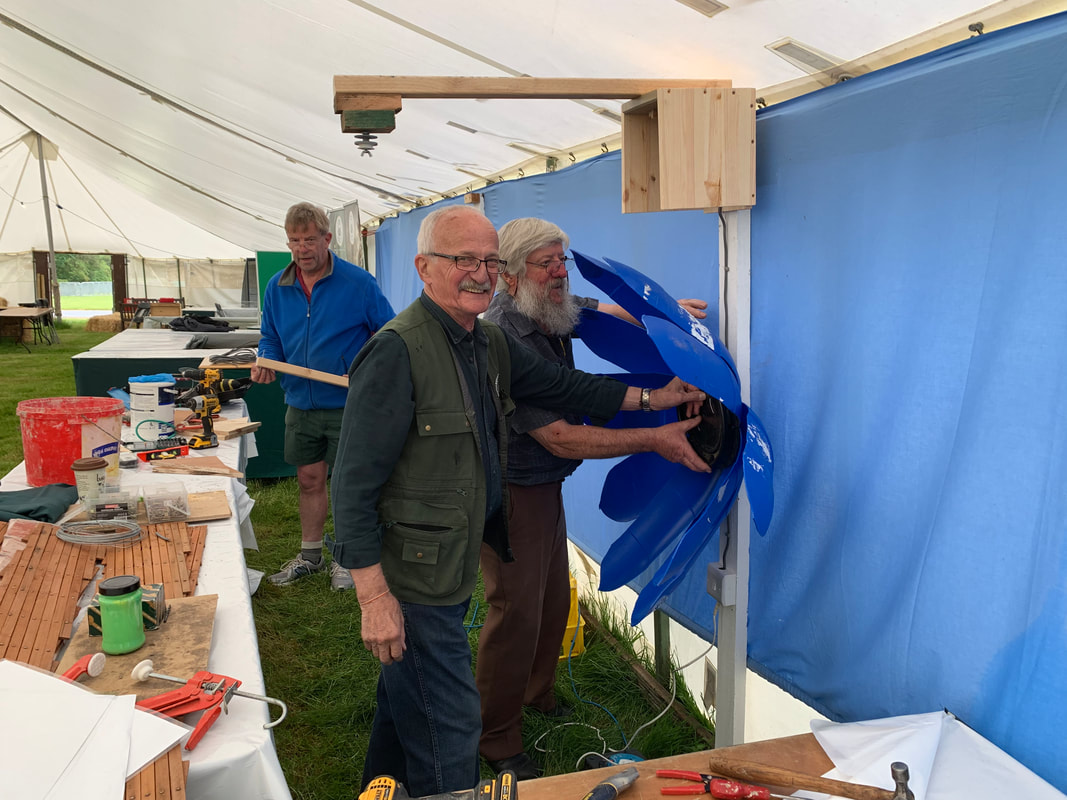
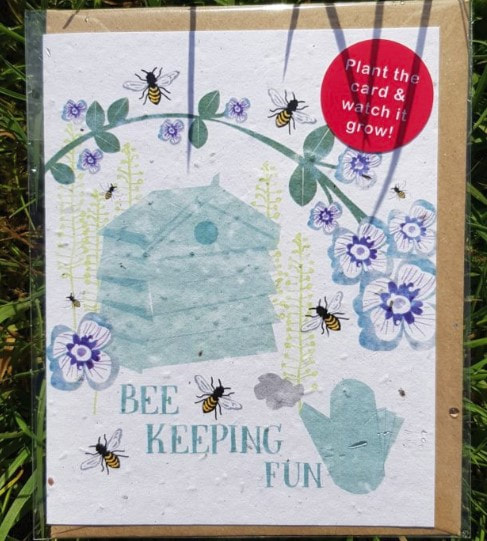
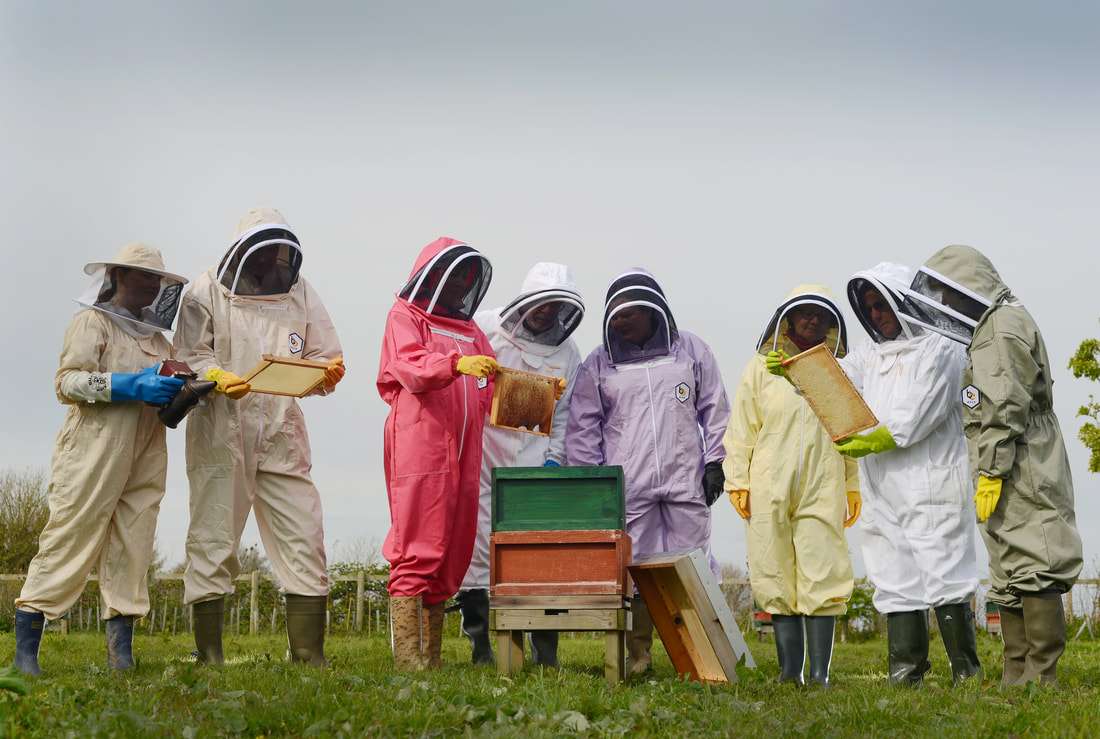
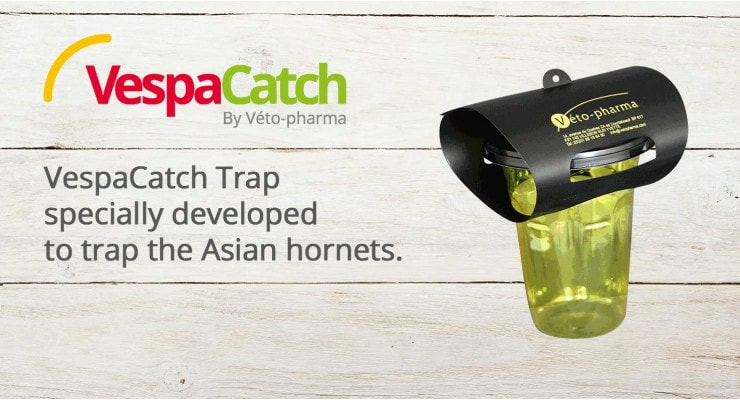
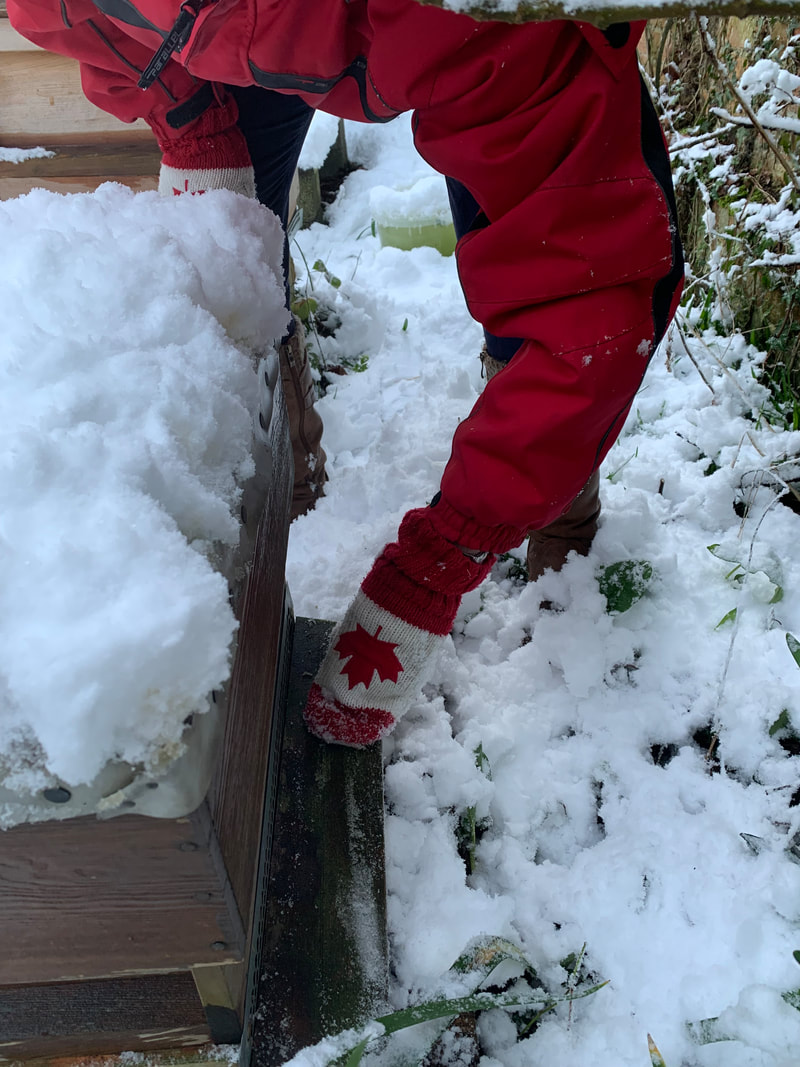
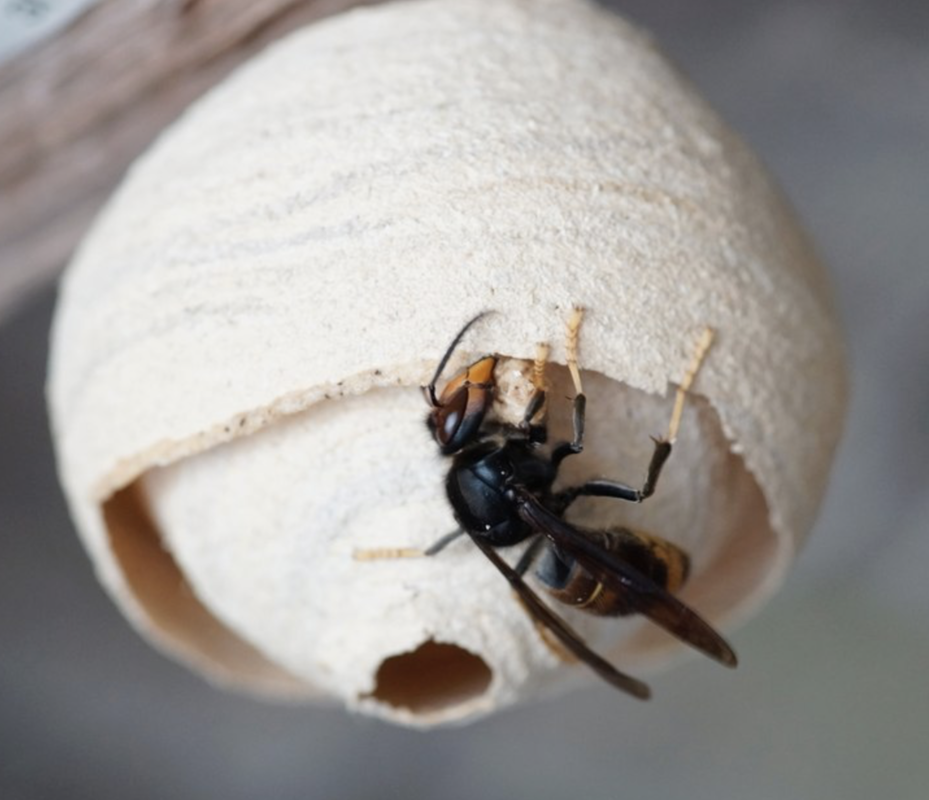
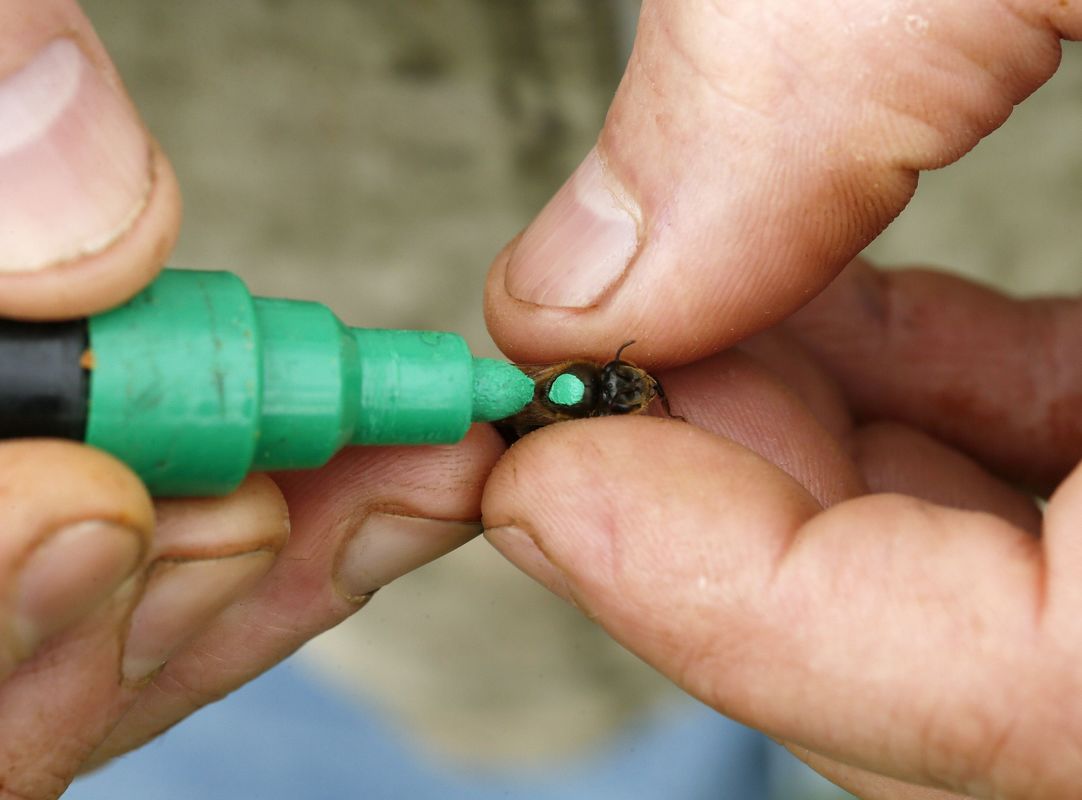
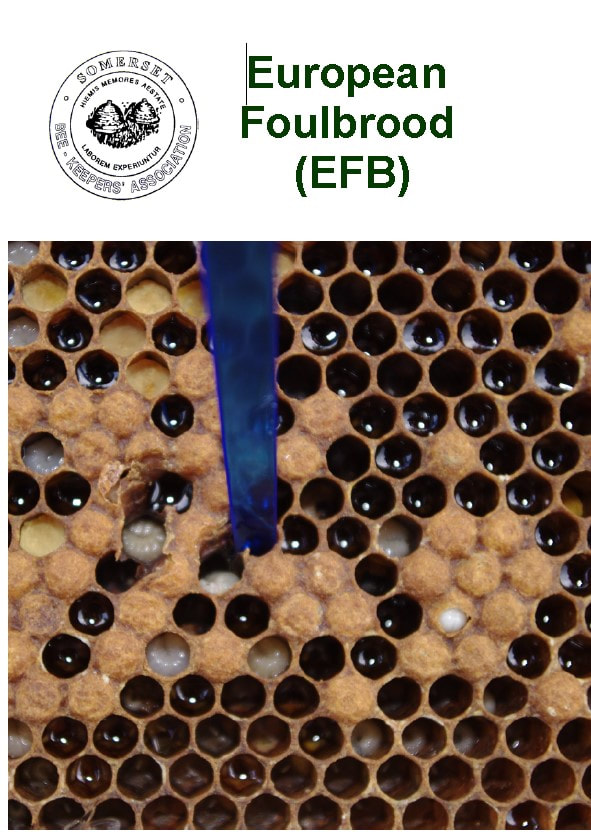
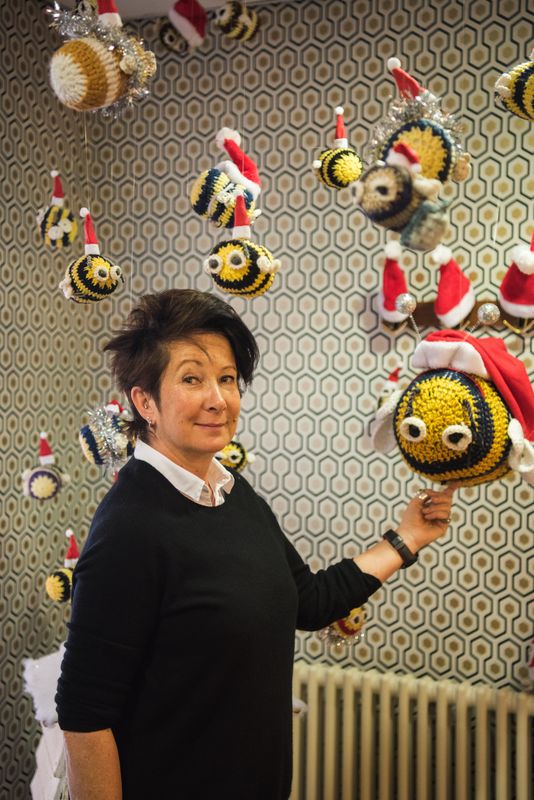
 RSS Feed
RSS Feed
